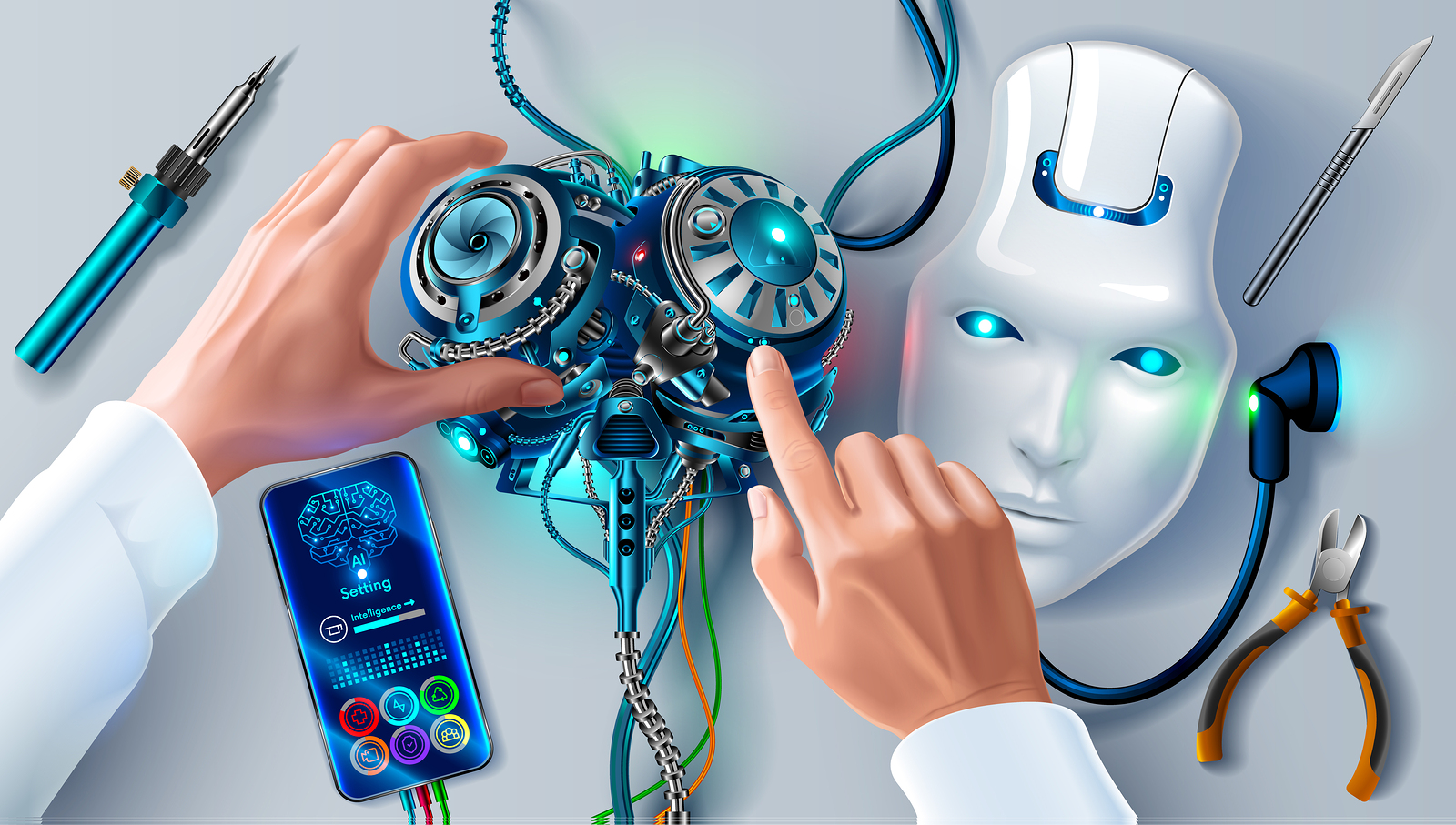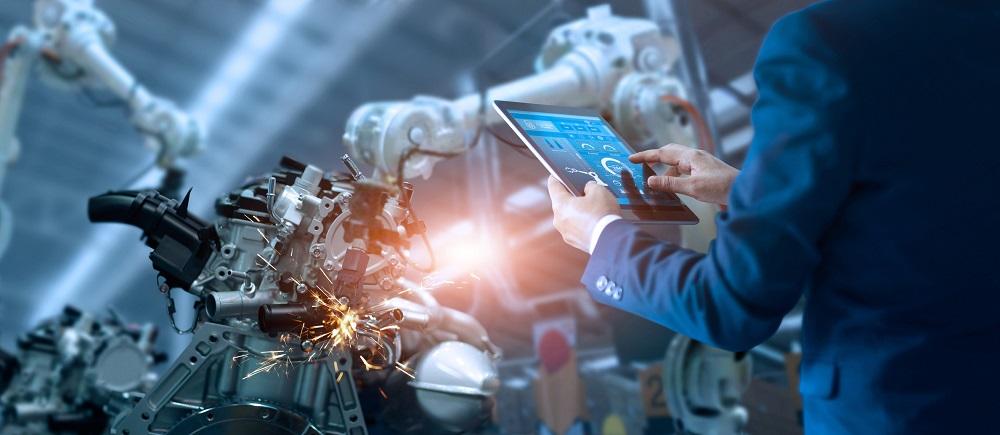Introduction To Robotics Operating System - The Theory
Robotic Development
a mechanical robotics is gaining momentum recently, and quickly integrates solutions with the general public. The known and proven developments are to help people on a daily basis, but future advances will make it possible to provide services adapted to jobs and tasks at risk. That is why the future of Mass Robotics is near and therefore, it becomes essential to think about environments where humans and robots coexist right now.
In many areas, computer programs are increasingly interactive, (car, Road, economy, medicine, chemistry, physics, sociology,...) The next applications will necessarily be autonomous programs that communicate with each other. For us, this is a first principle of robotics.
The most important thing is to note that collaborative work (Human-Robot or Robot-Robot) will surpass in terms of efficiency programs with simple intelligence. The answer to the problems of distributed designs will be through the creation of robotic multi-agent systems. The principle of these systems will be to simplify the problem into elementary tasks (agent, robot, program,...), to make this population of objects coexist together and make them evolve among themselves, through actions, interactions, exchanges and communications.
Robotics Operating System
The purpose of this specialization is to make you discover a system/programming/software environment adapted to make robotic development (by simulation). The design becomes a must pass to make reliable stand-alone systems. Therefore, this option is a course of modeling, developments and simulations around robotics. To do this learning, we will use complete environments in robotics. Indeed, the study of an adapted operating system like Ros (Robot Operating Systems) will be the necessary passage to move to mechanical robotics quickly. But, it will be equally important to control the forces and actions caused by moving objects. It is therefore quite natural that a mechanical study will also be proposed. Let's not forget also that a robot has a set of sensors whether they are internal or external. Each sensor has a specific role to enable the robot to evolve in a known or unknown environment. The whole challenge of the study we will be conducting will also be to control the flow of data to store and exploit them.
Robotics, connected objects, IoT
With the development of the Internet of Things (Internet of Things), Artificial Intelligence for speech recognition or shape recognition and the democratization of electronic cards such as Raspberry Pi or Arduino for prototyping, all the ingredients are combined to make robotics out of the world of industry. ORSYS expert trainers share their knowledge and know - how through trainings showing how to implement robotic or IoT applications in practice.
Training " Robotics"
■ Robotics, state of the art, 2 days
■ Robotics, preparing your Project, Synthesis, 1 day
■ Artificial Intelligence, useful algorithms applied to robotics, 3 days
■ ROS, Robot Operating System, creating robotic applications, 3 days
■ VHDL, FPGA target Design, 4 days
Trainings " connected objects, Internet of things"
■ Internet of things, summary, 2 days
■ Internet of things, developing connected applications in JavaScript, HTML and CSS, 4 days
■ Internet of things, developing connected applications in Java and C++, 5 days
■ Radio Solutions for IoT, 2 days
■ LiFi, synthesis, 1 day
Electronic maps training
■ Embedded systems, development on the Arduino Platform, 4 days
■ Raspberry Pi, create your own embedded system under Linux, 3 days
Safety Training
■ Hacking and Pentest: IoT, 3 days
■ Hacking and Pentest: embedded architectures, 4 days
Training "programming languages"
■ Python, object programming, 5 days (ref. PYT)
■ Programming in C, 5 days (ref. LGC)
■ Object programming in C++, 5 days (ref. C++)
Training " 100% e-learning"
■ Raspberry Pi, realize a bot connected, 2 hours 17 mn
■ Raspberry Pi, retrieve data from your Linky meter, 1 hour 33 mn
■ Raspberry Pi, treat environmental sensor measurements, 2 hours 30 minutes
■ Raspberry Pi, recover data from your vehicle, 2 hours 2 mn
■ Arduino and Scratch, master the programming of your microcontroller, 2 hours 37 mn
■ Connected objects, start a project with the ESP8266 NodeMCU card and the MQTT platform, 43 mn
Real time, embedded systems
Whether we are aware of it or not, on-board systems are part of our daily lives : the on-board computer of our vehicle, our MP3 player or on a larger scale, traffic control systems or street lighting. These systems most often operate using processors of small sizes but nevertheless performant, frequently relying on Linux systems. ORSYS training allows you to acquire the concepts and mastery of such systems as Raspberry Pi or Arduino.
Training " embedded systems"
■ Industrial Linux, real time and embedded, 4 days
■ BSP UBoot and Embedded Linux, build its own system, 5 days
■ Hypervisor and Linux real time, 5 days
■ Android, build your own embedded system, 4 days
■ Embedded Systems, ARM assembler programming, 4 days
■ Yocto, develop its own embedded system under Linux, 4 days
Electronic maps training"
■ Raspberry Pi, create your own embedded system under Linux, 3 days
■ Embedded systems, development on the Arduino Platform, 4 days
Safety Training
■ Hacking and Pentest: embedded architectures, 4 days
■ Hacking and Pentest: IoT, 3 days
Training "programming languages"
■ Python, object programming, 5 days (ref. PYT)
■ Programming in C, 5 days (ref. LGC)
■ Object programming in C++, 5 days (ref. C++)
Training " 100% e-learning"
■ Raspberry Pi, recover data from your vehicle, 2 hours 2 mn
■ Raspberry Pi, realize a bot connected, 2 hours 17 mn
■ Raspberry Pi, retrieve data from your Linky meter, 1 hour 33 mn
■ Arduino and Scratch, master the programming of your microcontroller, 2 hours 37 mn
■ Connected objects, start a project with the ESP8266 NodeMCU card and the MQTT platform, 43 mn





No comments: